
Purebase provides its blended supplementary cementitious material to University of California Pavement Research Center for concrete test track

IONE, CA, AUGUST 29, 2024 (GLOBE NEWSWIRE) — Purebase Corporation (OTCQB: PUBC), a natural resource development company headquartered in Ione, California, is pleased to announce that the UC Davis Pavement Research Center (UCPRC) will be utilizing Purebase’s blended metakaolin supplementary cementitious material in its upcoming concrete pavement test track this summer or early fall 2024.
UCPRC launched the Sustainable Concrete Lab-to-Slab Initiative, focused on evaluating low-carbon cements and supplementary cementitious materials beyond the traditional coal fly ash and slag. This initiative is supported by organizations such as the ACI Foundation, the California Department of Transportation (Caltrans), and the Federal Highway Administration (FHWA)’s Sustainable Pavements Program Cooperative Center (SPPCC).
The Sustainable Concrete Lab-To-Slab Initiative aims to advance sustainable concrete technology by accelerating the implementation of more sustainable binders for structural, pavement, minor, and other concrete applications.
According to UCPRC website, the objective is to construct a series of three successive slabs, each utilizing a novel sustainable material for concrete, with a minimum requirement of approximately 2.5 cubic yards of concrete per test section. This initiative aims to generate invaluable insights at small-scale (no-traffic) test sections into the viability and efficacy of these materials for real-world applications in pilot projects and mainstream construction.
“Through prequalification testing, constructability assessment, QA/QC testing, mid-term monitoring, and environmental and cost life cycle assessment, we are dedicated to evaluating the performance of these materials and helping government and private project owners accelerate their implementation,” said the UCPRC.
“Although UC Davis has tested metrics of our SCM in the past in a lab setting, this is the next step in a project by the UCPRC where we can physically see the performance of the material in a real-life application. If testing of Purebase’s SCM is successful in the concrete pavement test slab, this will open the door for our SCM to be widely utilized and implemented in substantial construction projects across the state of California,” said Purebase CEO, Scott Dockter. “This would be a positive move for Purebase in our goal of decarbonizing California, and eventually, the nation.”
About Purebase Corporation
Purebase Corporation (OTCQB: PUBC) is a California-based company that is dedicated to developing natural resources for the purpose of providing solutions to future sustainability in big industries, specifically agriculture and construction/building materials. Our goal is to assist in global efforts of mitigating harmful carbon dioxide emissions by seeking out lower-carbon alternatives.
Safe Harbor
This press release contains statements, which may constitute “forward-looking statements”. Those statements include statements regarding the intent, belief, or current plans or expectations of Purebase Corporation and members of its management team, as well as the assumptions on which such statements are based. Such forward-looking statements are not guarantees of future performance and involve risks and uncertainties, and actual results may differ materially from those contemplated by such forward-looking statements. Risks and other important factors concerning Purebase’s business are described in the Company’s Annual Report on Form 10-K for the year ended November 30, 2023, and other periodic and current reports filed with the Securities and Exchange Commission. The Company is under no obligation to, and expressly disclaims any such obligation to update its forward-looking statements, whether as a result of new information, future events or otherwise.
Investor Contacts
Purebase Corporation | marketing@purebase.com

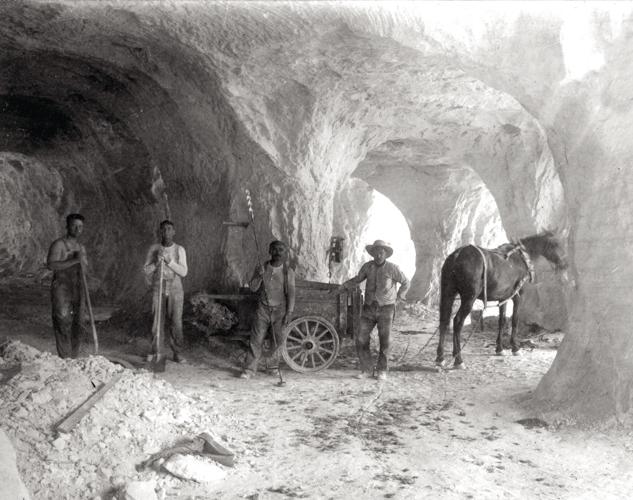

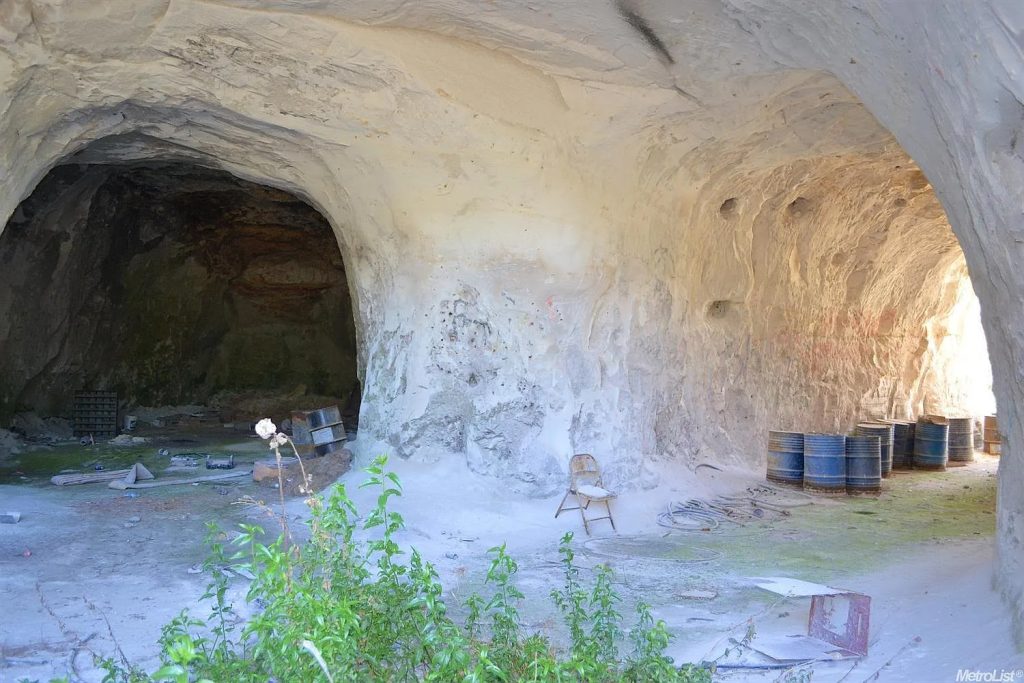

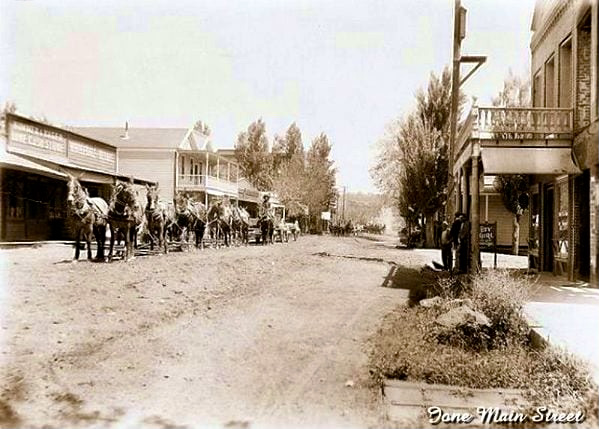
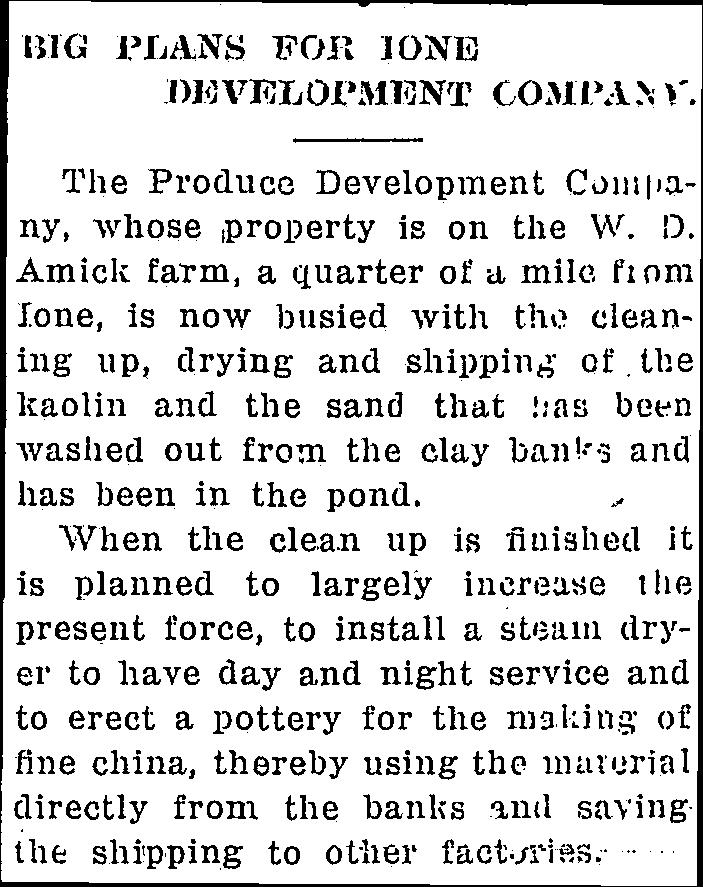


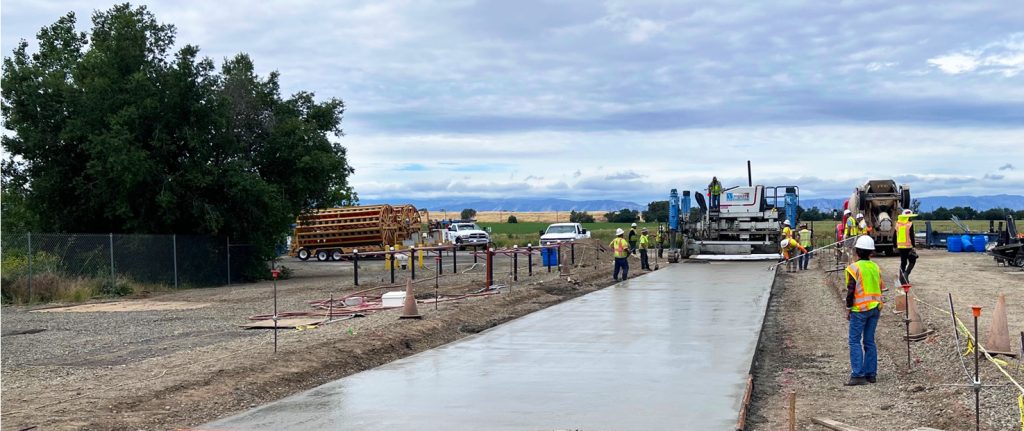







Recent Comments